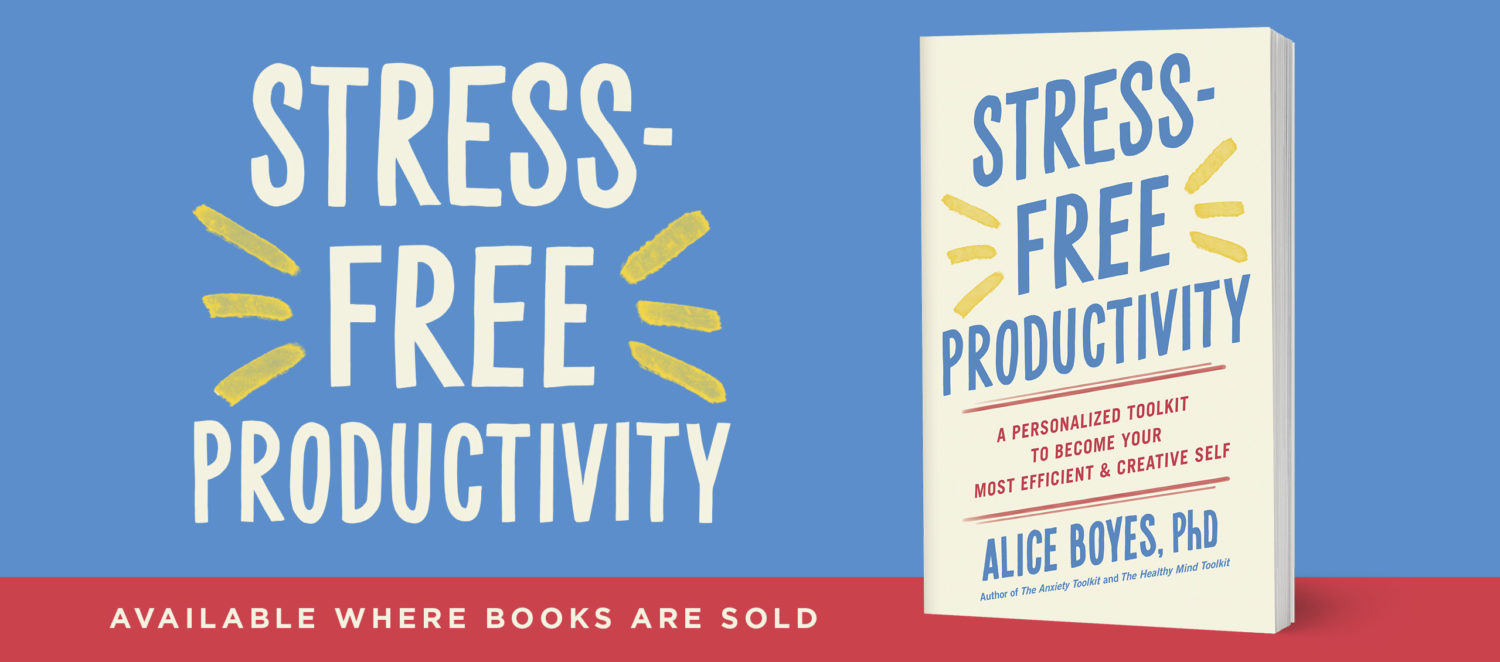CBT Techniques: Easy DIY Cognitive Behavioral Therapy Techniques.
“Worst, Best, Most Realistic” is one of the Cognitive Behavioral Therapy techniques I often practice with clients.
This Cognitive Behavioral Therapy technique is very versatile and simple. It can be used for a huge variety of anxiety-related thoughts. The hardest part about using it is learning to recognize that you are anxious and remembering to try it.
CBT Techniques Example 1
Situation: You send someone an email with a link about something you’re excited about. You don’t get a reply.
Ask yourself
What’s the WORST explanation for this?
The person thought what you sent was stupid and annoying. They’re mad at you or just not interested in you.
What’s the BEST explanation for this?
They LOVED what you sent but for some reason didn’t reply. They may or may not remember to mention to you how much they loved what you sent.
What’s the MOST REALISTIC / LIKELY explanation?
There are so many possibilities that are not personal to you or not catastrophic.
e.g.
– Person was busy when your email arrived. Planned to get back to it but didn’t. Their forgetting is not a reflection of them not liking you / valuing you.
– One of the ways the person keeps their life simple is not opening links sent in emails.
– Person wasn’t as excited about what you sent as you are. But they still like you, are still interested in hearing from you.
Cognitive Behavioral Therapy Technique Example 2
Situation: You have a performance review coming up at work.
Ask yourself
What’s the WORST that could happen?
Your boss brings up a problem that that they view as something significant. You were not aware of that particular issue being something they have been unhappy about so its an unpleasant surprise. You feel embarrassed that your boss has a complaint about an aspect of your work behavior.
What’s the BEST that could happen?
Overall your boss is very happy. But, you also learn some things from the review. You’re given some suggestions that you can act on. You are hoping to get promoted in the next few years and the info you got in the review will help you make some simple changes that will help you reach that goal. You can see that knowing this info is advantageous to you compared to not knowing.
What’s Most Realistic/Likely?
Your boss is happy overall. She brings up a few points where you could improve, but they’re things you’re already aware that you could be doing better (e.g. you’re sometimes late completing paper work). Its a bit of a waste of time but not an attack on you.
Cognitive Behavioral Therapy Technique Example 3
Situation: You’re going to a black tie dinner where you don’t expect to know anyone.
You’re feeling anxious.
Ask yourself
“What’s the worst that could happen?”
You try to chat to people but they don’t seem very interested in chatting back. You frequently find yourself standing or sitting by yourself. You feel lonely and awkward.
“What’s the best that could happen?”
You have some good conversations with the people seated at your table. You have more fun than you expected. You’re surprised by how much you enjoy being glammed up for the night.
“What’s the most realistic/likely thing to happen?”
Its a bit awkward. You have some moments of conversation flow but other moments when you end up with no one to talk to. But, its quite fun to be doing something different than you would normally be doing.
What’s the point?
– Just like noises are more scary in a dark room than with the light on, feared thoughts are generally more scary when they remain unarticulated/vague rather than when you specify what you are afraid of.
– Confronting your fears about the worst that could happen is an anti-avoidance strategy. In general, attempting to block out thoughts increases the intrusiveness of those thoughts.
– When you try to avoid feared thoughts, you are giving yourself the implicit message that you couldn’t cope if the feared thing occurred, and that it must be really bad if you are going to so much effort to avoid even thinking about it. In lots of cases your “Worst” prediction might be unpleasant, awkward, embarrassing, boring etc but not catastrophic.
– When people are experiencing negative emotions, they tend to only think of negative possible explanations/outcomes. Shifting your perspective can help you feel better.
– Thinking about the best and realistic outcomes can sometimes get you thinking about things you could to do make those outcomes more likely (i.e. practical strategies to help a situation go well e.g. in the performance review example you might remind yourself to behave in open manner rather than defensive and to use the review as an opportunity to ask your boss what you could do to increase your chances of promotion. You might start to see the opportunities the situation offers as well as the ‘dangers’).


